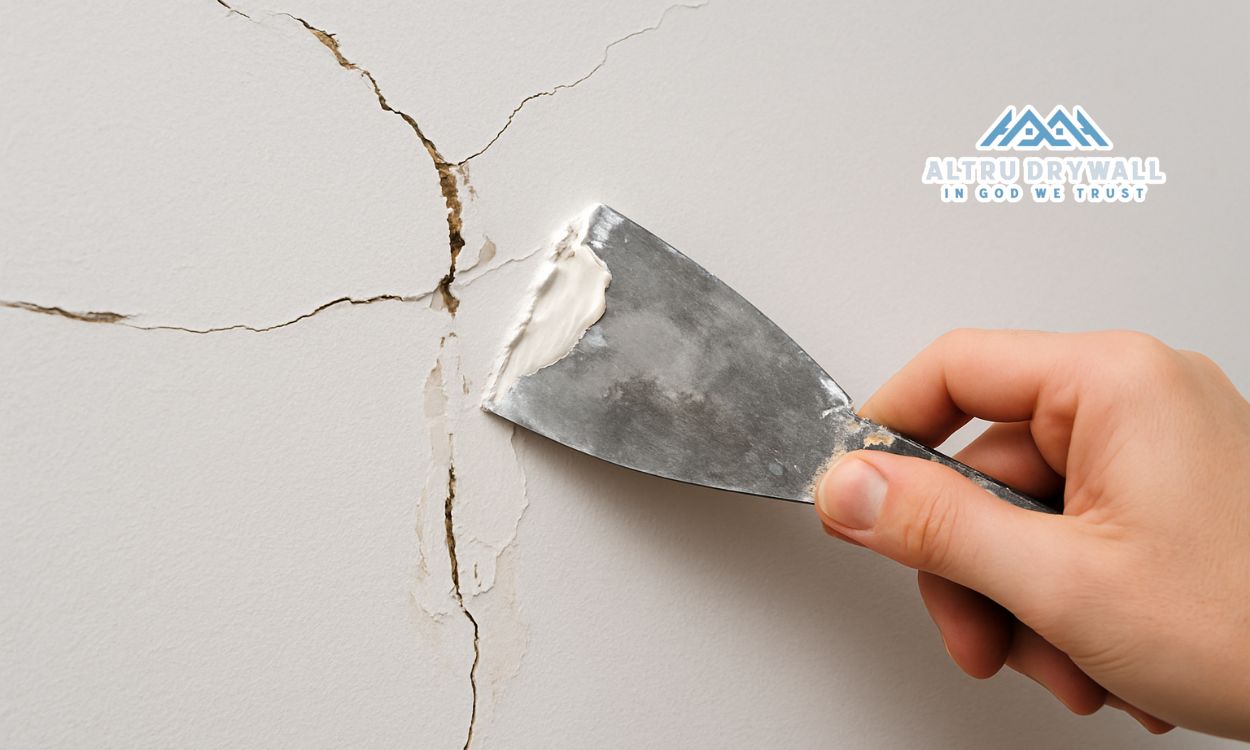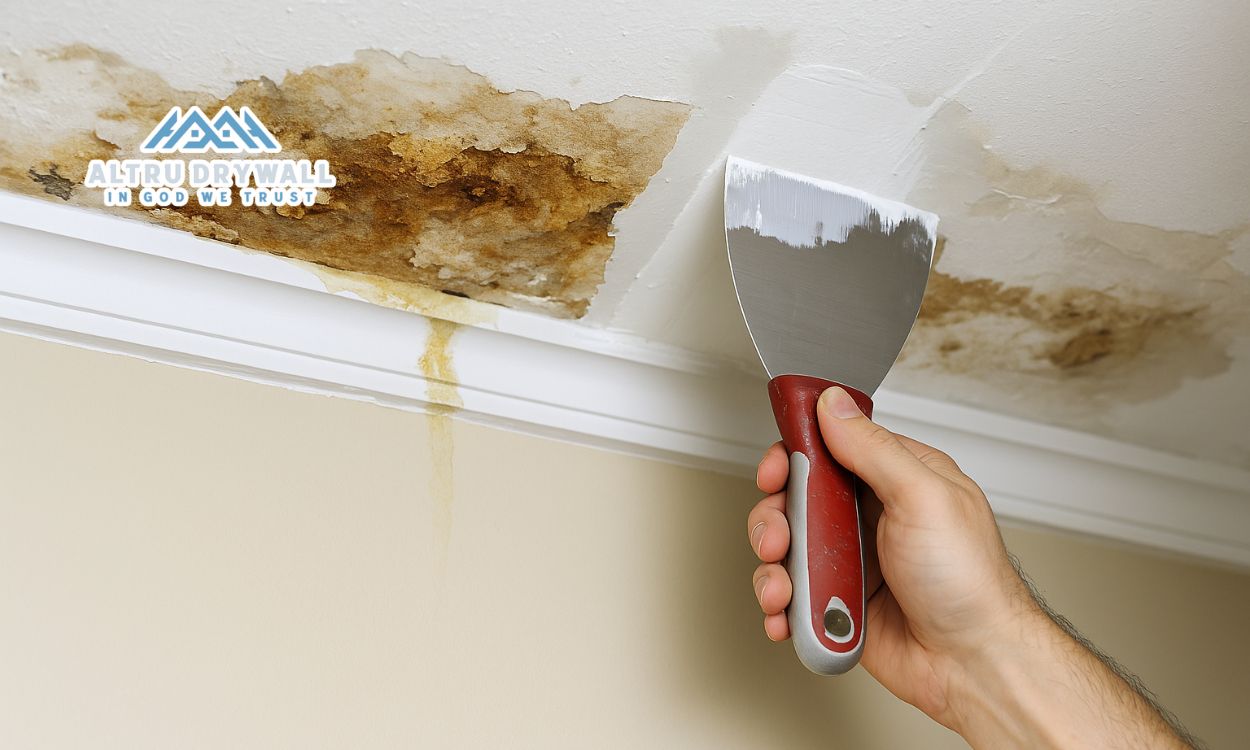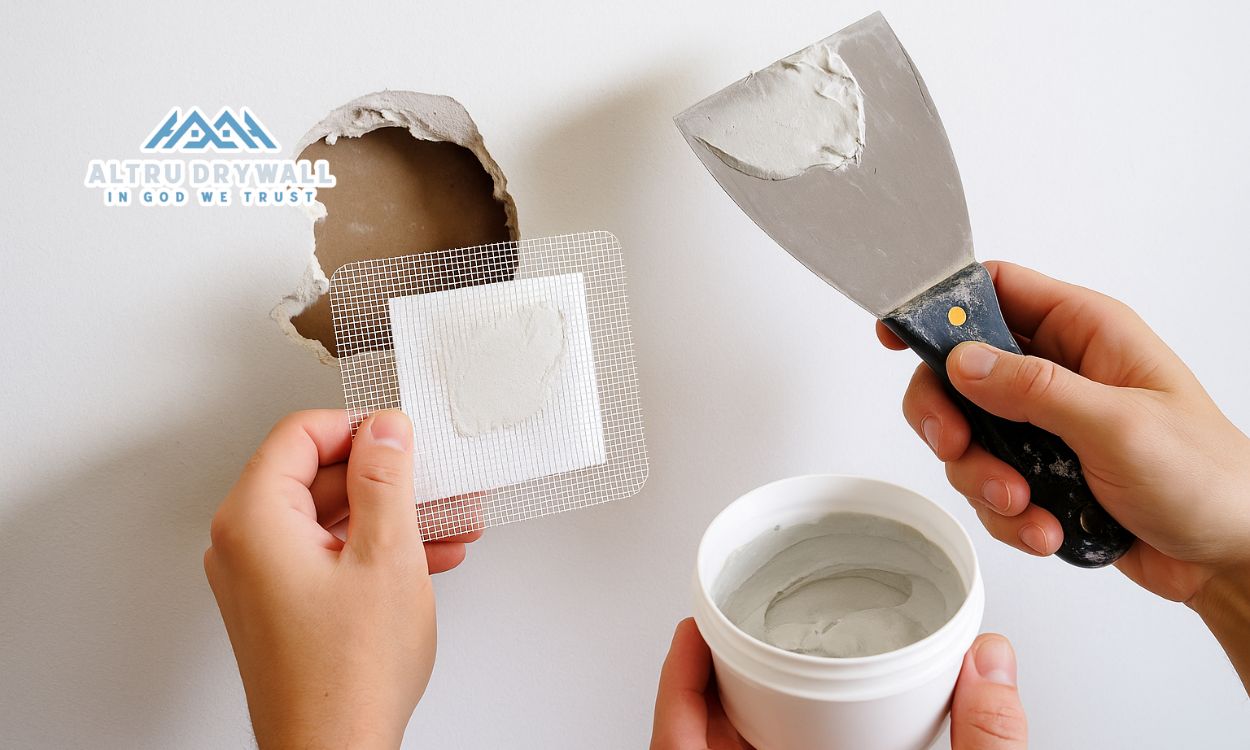Best Drywall for Bathrooms: Moisture-Resistant Options Explained is the top question during any bath remodel. Bathrooms are the most humid rooms in a home, so picking the right wall material is critical. In the first 100 words you’ve now read the main keyword twice, satisfying SEO placement while introducing what this article covers.
Why Regular Drywall Fails in Humid Environments
Standard gypsum board soaks up steam, leading to bubbling paint, mold, and sagging ceilings. Moisture‑resistant drywall—or waterproof alternatives—solve these issues with water‑repellent cores, fiberglass mats, or cementitious boards.
Core Moisture‑Resistant Drywall Options
Green Board Drywall
Budget‑friendly wax‑coated panels for half baths.
Purple Board Drywall
Fiberglass‑reinforced paper resists mold in full baths.
Cement Board
Inorganic, waterproof backer ideal for shower and tub surrounds.
Glas‑Mat Panels
Paperless, mold‑resistant sheets for high humidity walls and ceilings.
Waterproof Drywall Alternatives Table
| Area | Recommended Material | Why It Works |
|---|---|---|
| Shower walls | Cement board | 100 % waterproof |
| Ceilings | Purple board | Handles rising steam |
| Laundry rooms | Green board | Light moisture protection |
Best Drywall for Shower Walls and Wet Areas
When it comes to best drywall for showers, not all panels are created equal. Standard gypsum board will deteriorate quickly under constant moisture. Instead, opt for waterproof sheetrock or cementitious backer boards designed to withstand direct water exposure.
- Cement Board: This inorganic, completely waterproof material is the top choice for tile-backed shower walls.
- Glass-Mat Panels: These paperless sheets resist mold and won’t warp, making them an excellent option for heavy steam or splash zones.
- Purple Board: While not fully waterproof, purple board offers superior mold resistance and can be used on shower walls if paired with a quality waterproof membrane.
For the best drywall for shower walls, always install a proper vapor barrier and use moisture-resistant joint compound. Proper edge sealing and tile installation ensure a long-lasting, leak-free enclosure.
Best Drywall for Bathroom Ceilings
Bathroom ceilings experience high humidity and occasional water drips. Choosing the right panel prevents cracks and mold growth. Here are top picks:
- Purple Board Drywall: Specifically engineered for moist environments, purple board is an ideal drywall for bathroom ceiling application. Its fiberglass-reinforced paper resists mold better than green board.
- Type X Moisture-Resistant Drywall: This 5/8″ panel combines fire rating with moisture resistance, making it an excellent sheetrock for bathroom ceiling where both safety and humidity control matter.
- Waterproof Sheetrock: If budget allows, fully waterproof sheetrock (also called gypsum-cement panels) provides maximum protection against steam and drips.
When selecting what type of drywall for bathroom ceiling, ensure proper ventilation (exhaust fan) is installed to reduce moisture buildup. Always use fasteners rated for moisture environments and seal seams with mold-resistant tape and compound.
Best Drywall and Sheetrock Options for Bathroom Walls
Not every interior wall in a bathroom is as wet as the shower. For best drywall for bathroom walls, consider the following:
- Green Board Drywall: Cost-effective and moisture-resistant up to a certain point, green board works well for half-baths and areas with occasional splashes.
- Purple Board Drywall: Offers superior mold and moisture protection for full bathrooms. It’s slightly more expensive but prevents mildew and peeling paint.
- Best Sheetrock for Bathroom: Brands often label specific sheetrock for bathroom use. Look for panels explicitly rated for bathrooms or labeled as “bath premium” for guaranteed performance.
For what type of drywall to use in bathroom, avoid standard 1/2″ gypsum. Instead, select one of these moisture-resistant options and finish seams with a best drywall mud for bathroom—a lightweight, mold-inhibiting compound.
Pro Tip: In high-humidity zones (around sinks and vanities), install a moisture-resistant primer before painting. This extra step ensures walls stay fresh and crack-free year-round.
Long‑Tail FAQs
- What type of drywall to use in a bathroom? Green or purple board for walls; cement board where tile meets water.
- Best drywall for bathroom ceiling? Purple board Type X.
- Is green board good for bathrooms? Yes—if splash exposure is low. Upgrade to purple board for better mold defense.
Cost Breakdown
| Product | Cost/Sheet (4×8 ft) |
| Green board | $16–$22 |
| Purple board | $22–$28 |
| Glas‑mat | $25–$32 |
| Cement board | $28–$35 |
| Labor: $1.75–$4.00 / sq ft depending on layout and tile backing. |
Installation Best Practices
- Ventilate with a proper bath fan.
- Use mold‑resistant joint compound.
- Prime with vapor‑retarder primer before painting.
Upgrade Your Bathroom Walls with Altru Drywall
Ready to install the best drywall for bathrooms? Altru Drywall offers licensed, insured moisture‑resistant drywall installation across New Jersey.
Conclusion
Selecting moisture‑resistant drywall is the key to a long‑lasting, mold‑free bathroom. Choose green board for light humidity, purple or glas‑mat for heavier moisture, and cement board wherever water hits directly. For flawless installation, trust Altru Drywall—New Jersey’s drywall experts.







